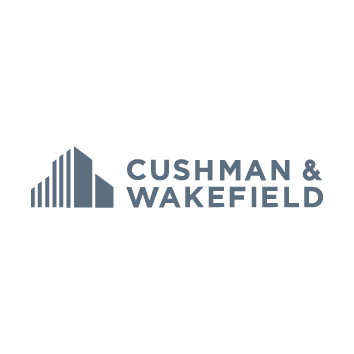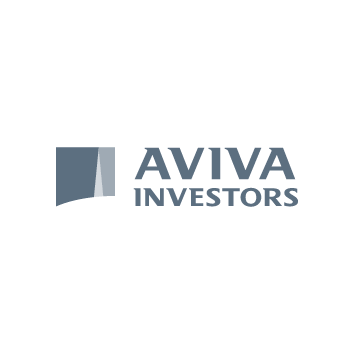Using Location insights to effectively allocate Welcome Back Funding (WBF) with
Fraser Willcox
Economic Development Officer at Dacorum Borough Council
The data help us make decisions on how to put Dacorum on the map
- Home
- Government
- Interview with Fraser Willcox, Economic Development Officer at Dacorum
In December 2021, Dacorum Borough Council decided to use Huq’s place monitoring platform to provide coverage of 5 of its towns for Welcome Back Funding (WBF). The modules they selected include Catchment, Dwell, Footfall, Footfall Density and Place Satisfaction. In this interview, Fraser Willcox – Economic Development Officer – offers his insights into what Dacorum are doing to improve places and communities within the council using Huq’s data.
Using Mobility Data to Measure the Welcome Back Fund (WBF) Interventions
Dacorum Borough Council had two principal interets in accessing Huq’s place monitoring insights for their centres. Reflecting WBF aims, their first concern was to understand how centres were recovering from Covid-19 and how changes in visitor behaviour compared year-on-year. The second relates to their regular Market Day, and what Huq’s footfall data suggests about the impact those events have on the local economy.
Which funds have you used the data for?
Dacorum Borough Council procured Huq through the Welcome Back Fund (WBF/ERDF).
What are you analysing/monitoring?
We are currently receiving insight on the following modules: footfall, dwell, density, catchment, satisfaction and visitor frequency. We receive quarterly reports from our Customer Success Manager at Huq, and in our first report we examined three key questions; how have our locations recovered from the pandemic, how has the way people use our spaces changed year on year and how are our market days performing?
What did you learn?
Hemel Hempstead is the largest town within the borough of Dacorum. With regards to footfall, we found that the town centre has shown good signs of pandemic recovery, with an increase from 2020-2021. Footfall for 2022 is 100% when compared with the same period in 2021, although still only 50% compared with the same period pre-pandemic.
Although footfall fell during the pandemic, average dwell time had a slight increase of 2% during Covid measures and has increased by a further 16% in the new normal, indicating that people are spending on average 16 minutes or longer in the area per visit.
The catchment module allows us to see the 20%, 50% and 80% catchment areas for our chosen areas and monitor how this changes over time. Data has shown us that the 20% localised catchment area for Hemel Hempstead in 2021 was smaller than it was 2020, excluding areas such as Bovingdon and Kings Langley in the south. This reduction in catchment size indicated that a larger proportion of footfall was coming from the more immediate area. The 20% catchment area for 2022 saw an increase compared to 2021, returning to a similar area of that in 2020.
2019 satisfaction data showed that while Hemel has a strong retail focus, essential and non-essential retail was still taking place within Hemel only 32%-37% of the time. 2020 saw a dramatic increase in essential retail activity of around 17%, with non-essential retail also increasing by 18%. This change is likely due to an increased tendency to shop local and travel less during the pandemic. 2021 continued in a similar fashion, and 2022 to date has seen an increase in essential retail activity and use of public services.
Between July 2021 and April 2022 there was an average of 3 visits to Hemel town centre for each visitor. In November 2021, there was an increase in average visit frequency, potentially linked to the approaching Christmas period. Average visit duration has been increasing slightly as we progress throughout 2022.
Which actions did you take?
So far, the data has been helpful in qualifying the success of some of the larger town centre events. Like the rest of the country, Hemel Hempstead recently celebrated the Queens Platinum Jubilee, where we had a day of activity in a central park adjacent to one of our high streets. Coinciding with the ‘Party in the Park’, footfall in Old Town High Street on Thursday 2nd June 2022 was 149% up from the average Thursday from the previous month. Similarly, footfall in Hemel Hempstead Town Centre was up 224% on the same day when compared with the previous month.
What's next for the Council?
Over the past year we’ve been listening to businesses and residents from across the area to help us develop a forward looking and compelling story for Hemel Hempstead.
We’re doing this so that together we can put the place on the map, highlight the great things that make us special and the opportunities we offer to attract investment, create jobs and attract funding from Government. Alongside the views and opinions of those in the area, the data will help us to make informed decisions on next steps to take in order to achieve the above.







